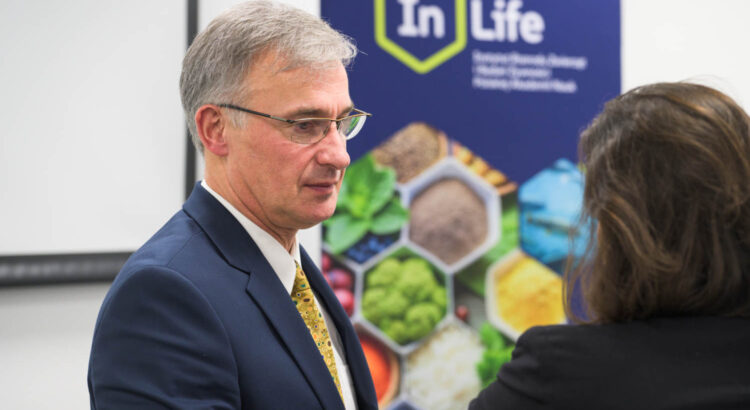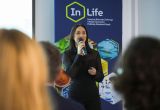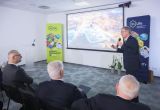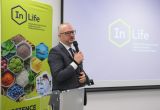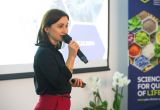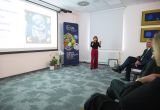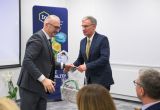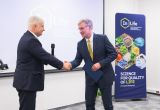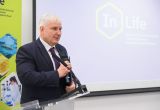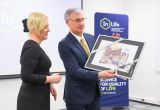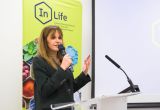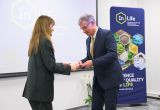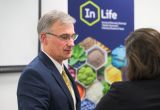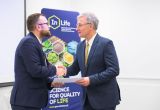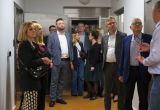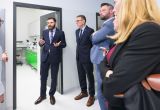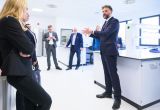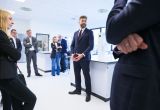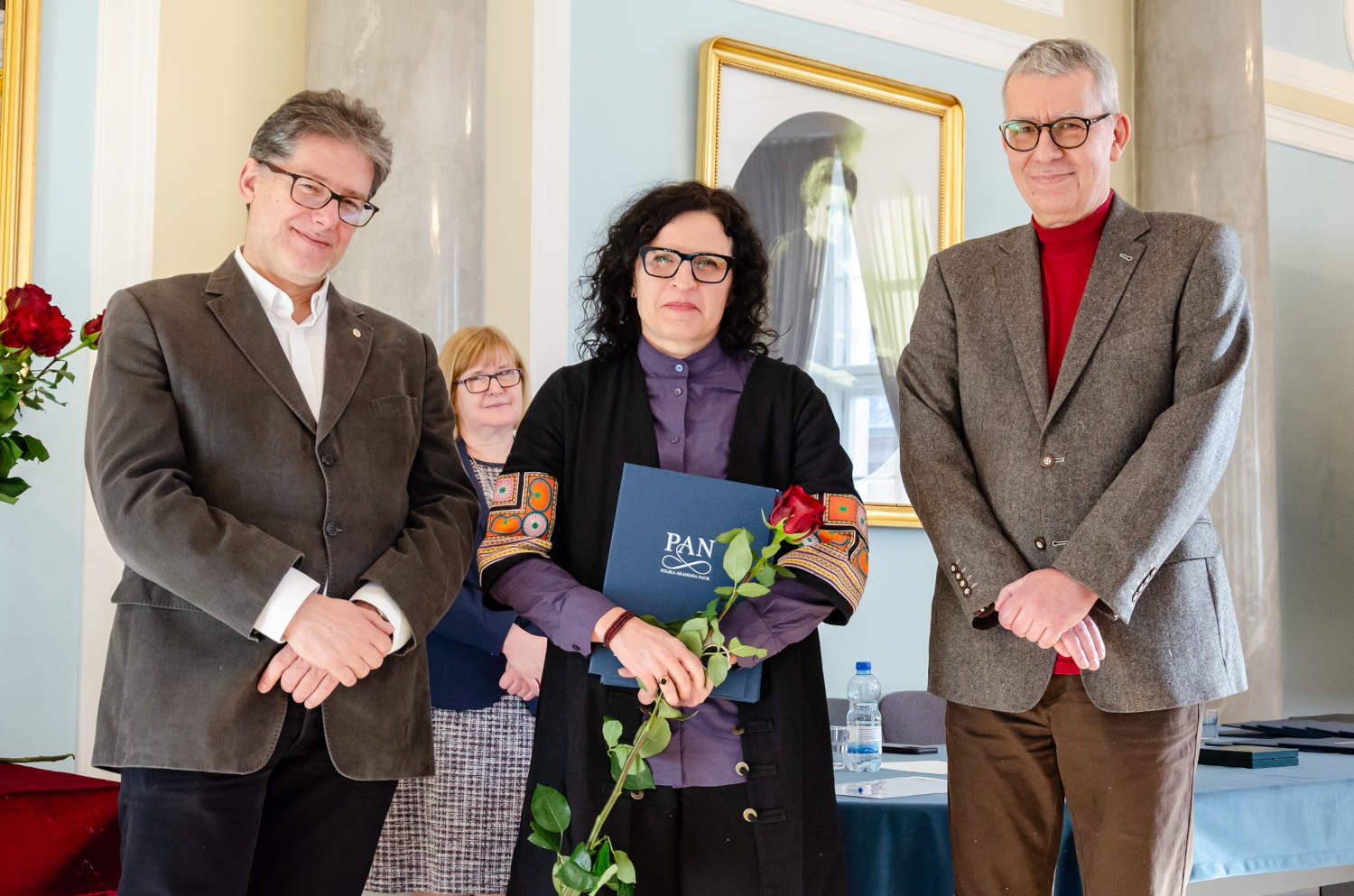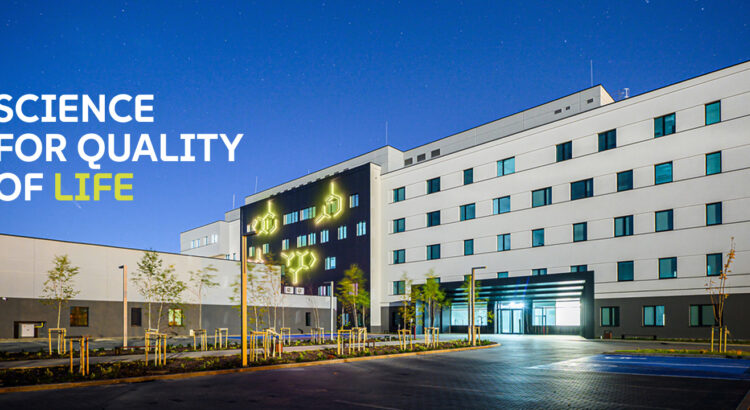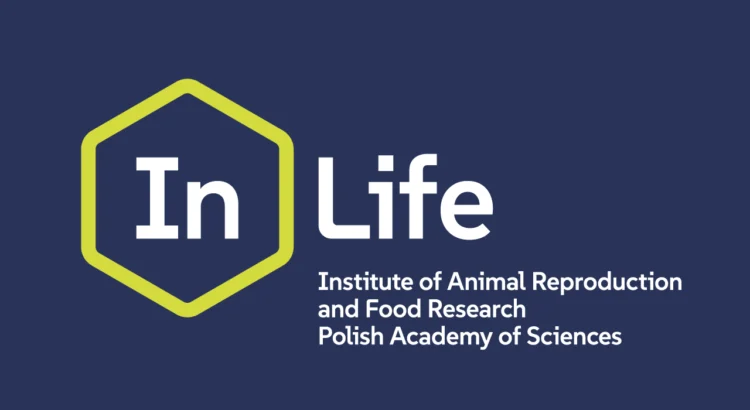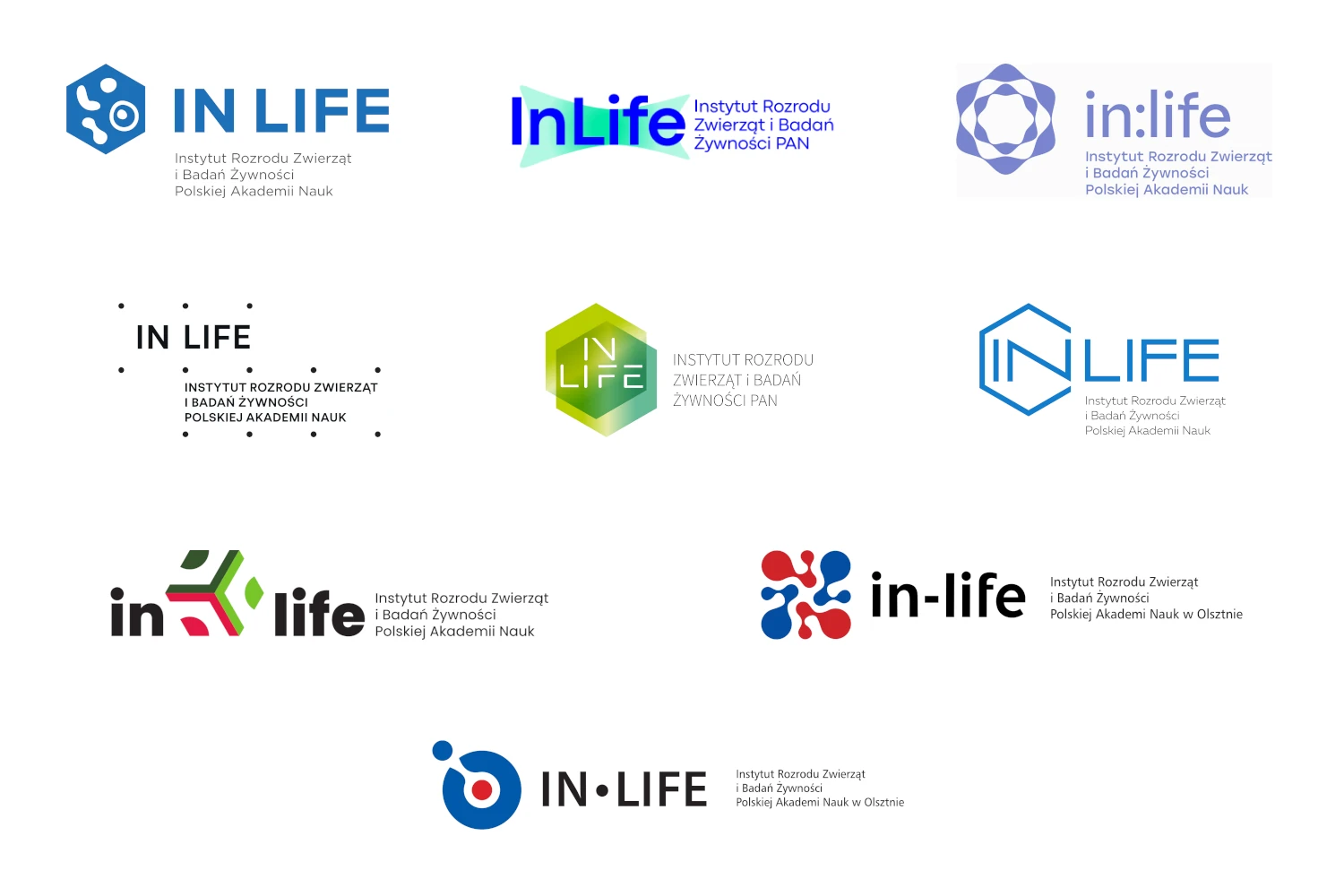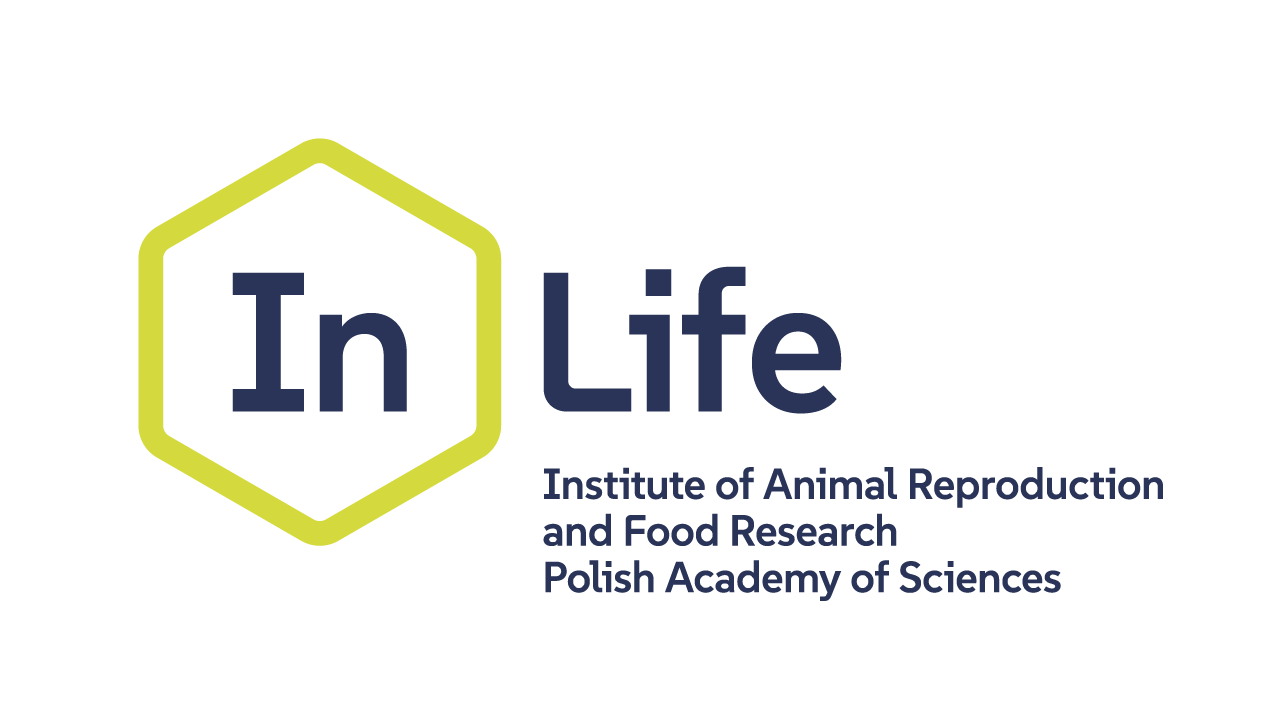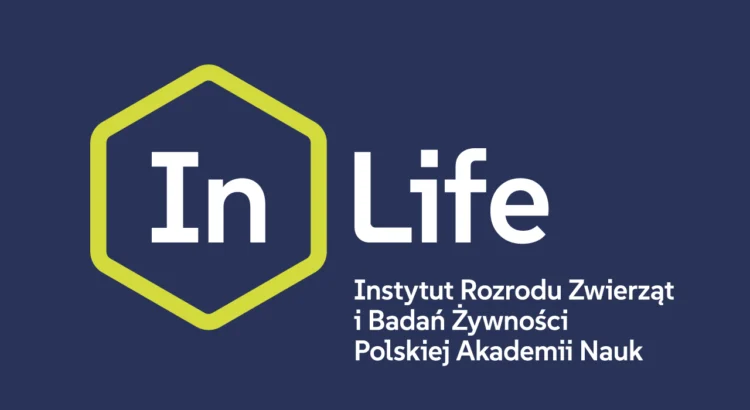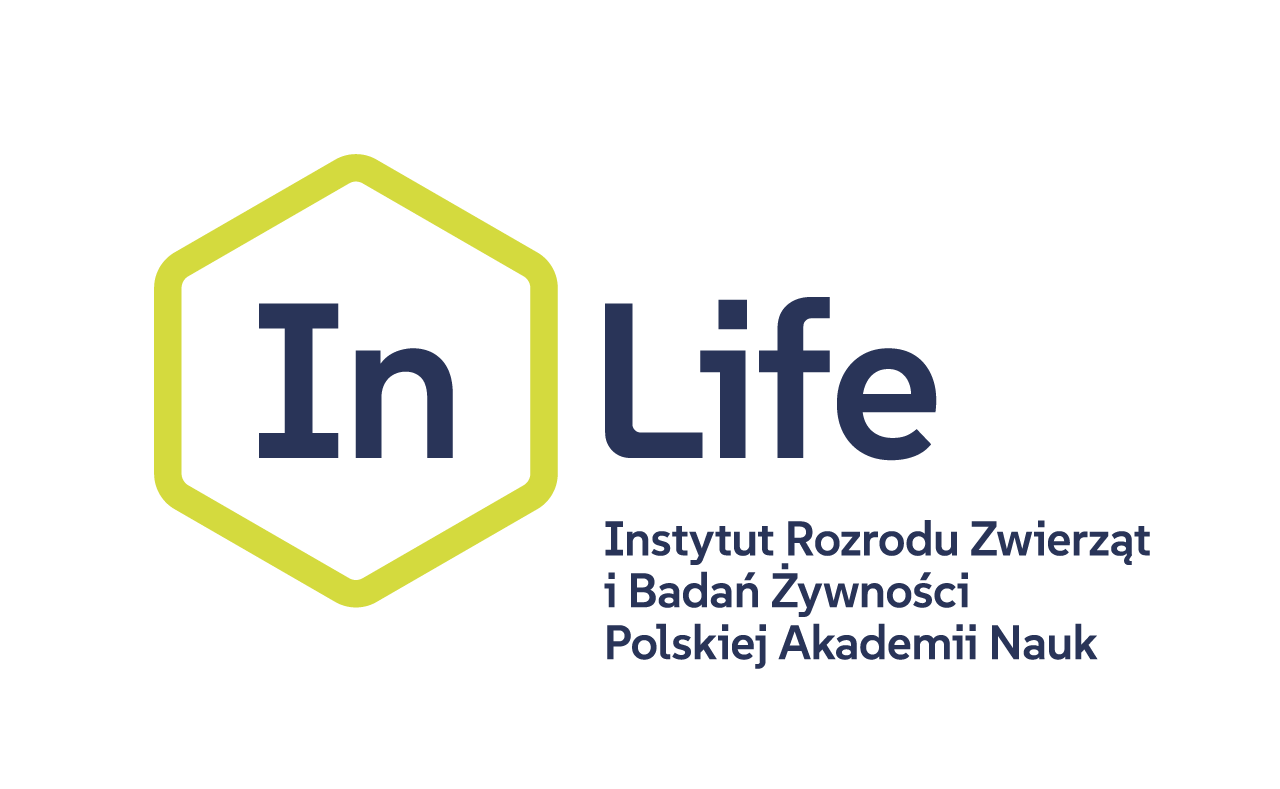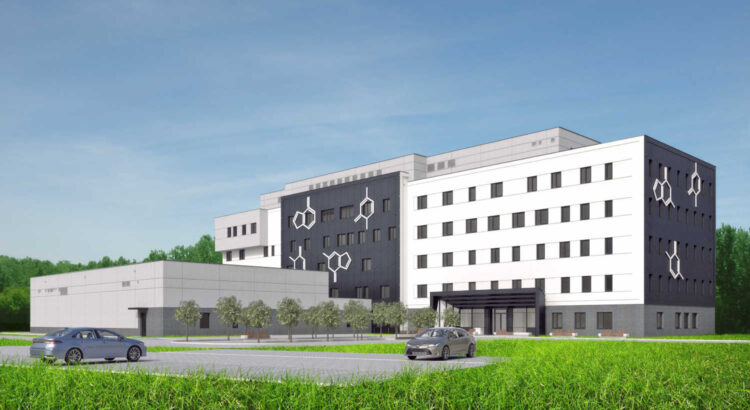Moving to new headquarters, structural changes and rebranding with the effect of the ‘InLife’ logo are an opportunity for the Institute to open up anew and look boldly to the future, according to the Director of the Institute, Prof. Mariusz K. Piskuła, who is completing his term of office after 13 years.
The Institute of Animal Reproduction and Food Research of the Polish Academy of Sciences has a new logo – ‘InLife’. What is behind this term?
Literally translating: ‘In’ – from institute, innovation, interdisciplinarity and internationalisation. ‘Life’, on the other hand, refers to the broad spectrum of our activities, which revolve precisely around life – after all, we deal with food, animal and human reproduction, and health.
The new logo is intended to help us show our activities in a universal way, because although we formally deal with two disciplines: food and nutrition technology and zootechnics and fisheries, our research is very often at the interface of many disciplines. For example, exploring the causes of human infertility is not de facto zootechnics, while studying food in the context of metabolic disorders is already entering medicine.
An important argument for creating a logo was also the issue of facilitating communication with other research centres and the socio-economic environment – both in Poland and abroad.
The full name of our Institute – which of course still applies – is long and complicated. Few people can repeat it correctly the first time. This is why we regularly encounter more or less distortions. For example, it has happened – and in documents! – to present us as the Institute for Animal Reproduction or the Institute for Food Reproduction Research. The abbreviation ‘InLife’ will help avoid such situations.
Does the creation of the new acronym involve any changes to the scope of the Institute’s activities?
Along with creating a whole new visual identity, we also carried out a rebranding process for our Institute. We rethought who we are, what our goals are, which direction we want to head in, how we want to be perceived and so on. ‘InLife’ thus corresponds to the profound changes within our Institute.
At this point, I would like to briefly outline our 36-year history, as it is crucial to understanding this story and directly explains the flow of my thinking.
To illustrate, I am finishing my term of office as a representative of the second generation of the Institute’s management. For the first generation, narrow specialisation was important – which is why for a long time there was a formal division of the unit into two departments: animal reproduction and food research. This resulted, among other things, in the budget for the purchase of research equipment being divided equally, 50-50, regardless of whether anyone needed more. The aftermath of this thinking has been apparent to date – each department was based in a different location in Olsztyn, and on top of that we have two medical-oriented facilities in Białystok. Eventually, after many years, we merged everything.
Shortly after I took over as director 13 years ago, we started preparations for the new headquarters. At that time, we had already reached a consensus that we should merge, and the new, shared headquarters would be an opportunity to do so. With this, we started to look at the Institute as a whole – not as two separate departments. I have gone even further, we are moving away from this division, we are abolishing the branches. The formalities in this direction are already underway.
So the move to the new premises is supposed to be a kind of opening up of the Institute for the new?
There will be a new mission for the Institute associated with the move, but I leave that to Professor Monika Kaczmarek, who will take over the leadership of the Institute from me at the beginning of January 2025. She is a representative of the ‘third generation’ of staff.
Looking further inside the Institute, you have also made structural changes. What kind of changes?
One of the biggest changes is the elimination of research departments in favour of smaller but still flexible teams – as is happening in the world. I have given a chance to those scientists who are ready to do independent research, have an idea for funding and have gathered the right human capital around them – so that they do not have a glass ceiling above them. Now they can start their own team, focusing on their chosen topic.
We currently have 18 research teams identified. There is still interest, so perhaps more will emerge. In my opinion, this is also a way for such healthy competition between researchers and a way to learn how to build consortia around a common goal with other teams/units.
We have also created specialised laboratories, or so-called core facilities, which focus on our most expensive and advanced technologies. Access to these will be open to all researchers – under the guidance of competent staff operating these laboratories, of course.
Does the proximity of the Institute’s new headquarters to the Olsztyn Science and Technology Park mean that it is more open to cooperation with business?
Definitely. This is due to two reasons.
Firstly, one of the conditions for obtaining funding for the construction of the new premises from EU funds under the Regional Operational Programme for the Warmian-Masurian Voivodeship 2014-2020 was that we should be open to cooperation with the wider business community and make some of the rooms available to them; this will generate additional income for us, which is an important argument.
I would like it to be clearly stated that current funding for PAS institutes from the state budget is scandalously low in comparison with how universities are treated. Therefore, in order to be able to conduct world-class research, we need to find additional funding, for example from the aforementioned cooperation with business, from national projects and from funds straight from Brussels. We have to look at our institutes as business units.
Coming to the end of your role as Director of the Institute, are you satisfied with the state you are leaving the Institute in?
Yes, I am completing my term of office with satisfaction – especially the fact that I have led the construction of a new shared headquarters and carried out an internal restructuring with the rebranding of the Institute.
And what, in your opinion, is the biggest challenge facing the Institute’s new director?
Budget, budget, budget. The subsidies received have practically come to a standstill, and expenditure continues to rise due to, among other things, the rising cost of living and statutory increases for academic staff, although we have not received additional funds, apart from incidental cash injections, for this. Well, and at least the continued success in obtaining EU funding from Brussels. I would add that our successes in this area resulted in our nomination to the Crystal Brussels Prize, as 1 of 5 out of a total of 69 institutes of the Polish Academy of Sciences, and we certainly beat all those doing science in the region.
